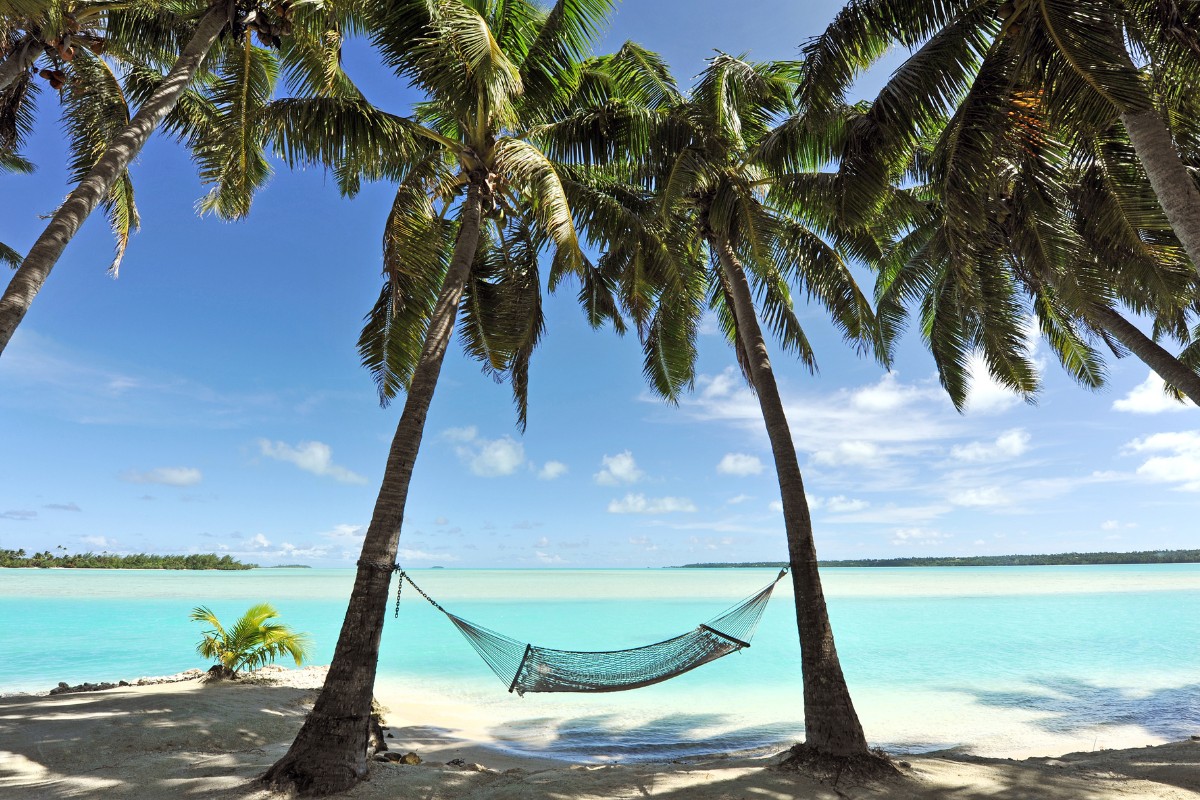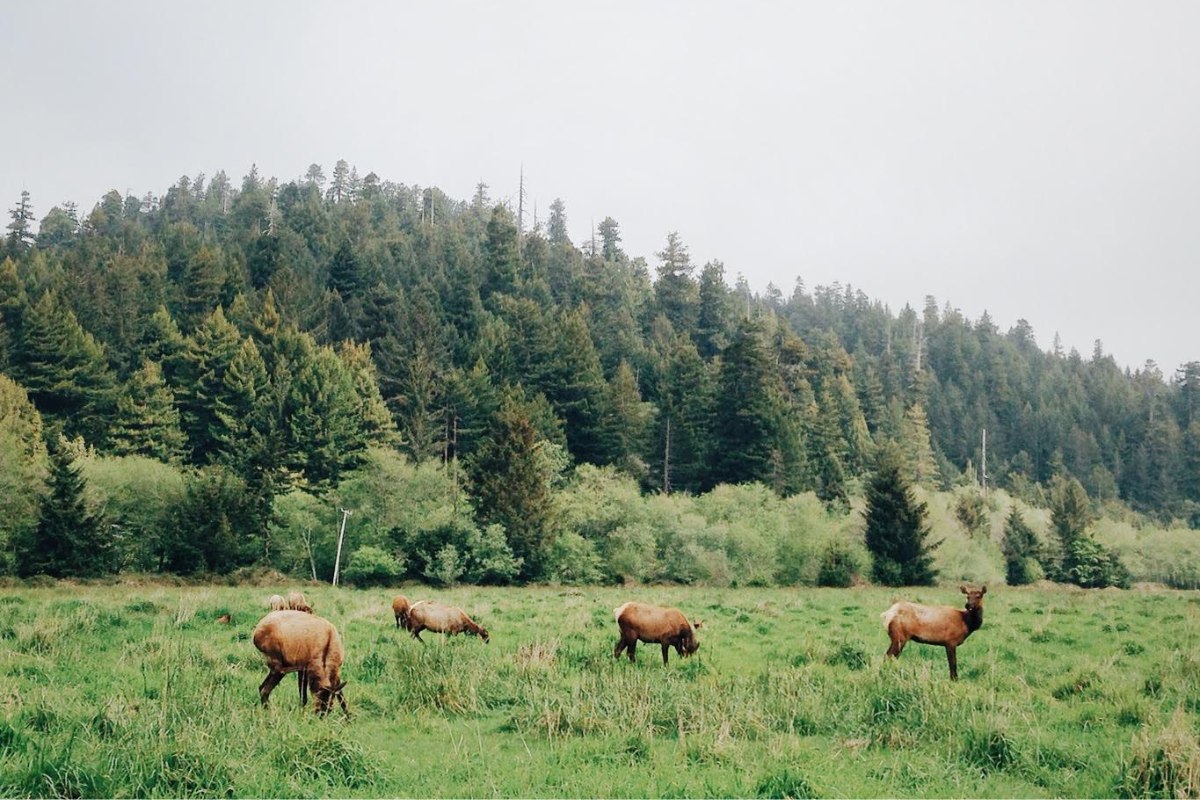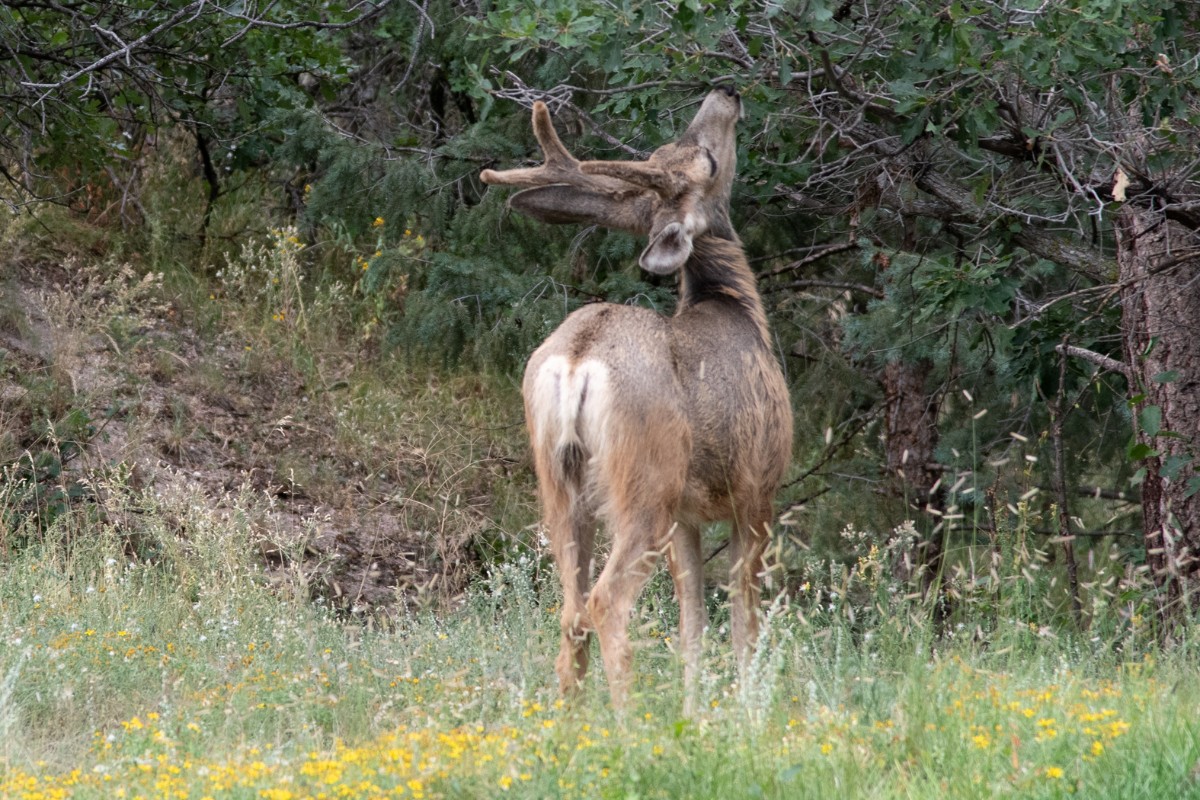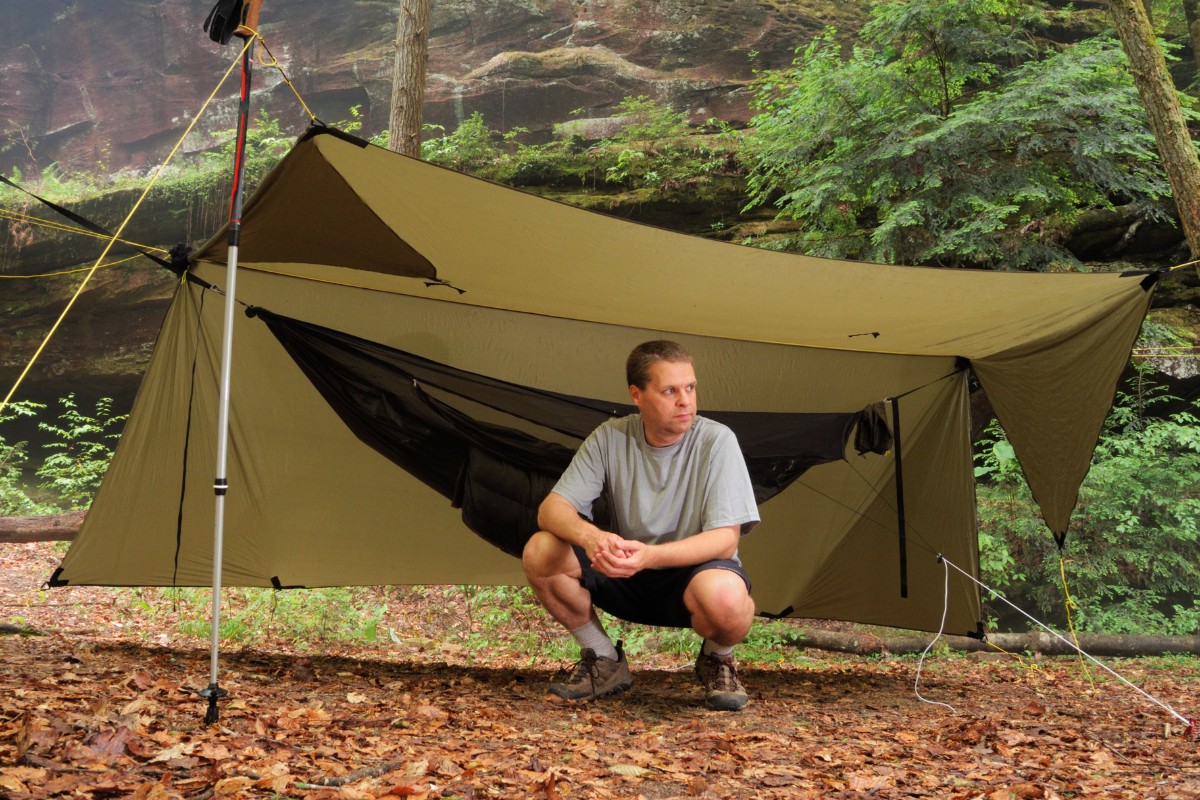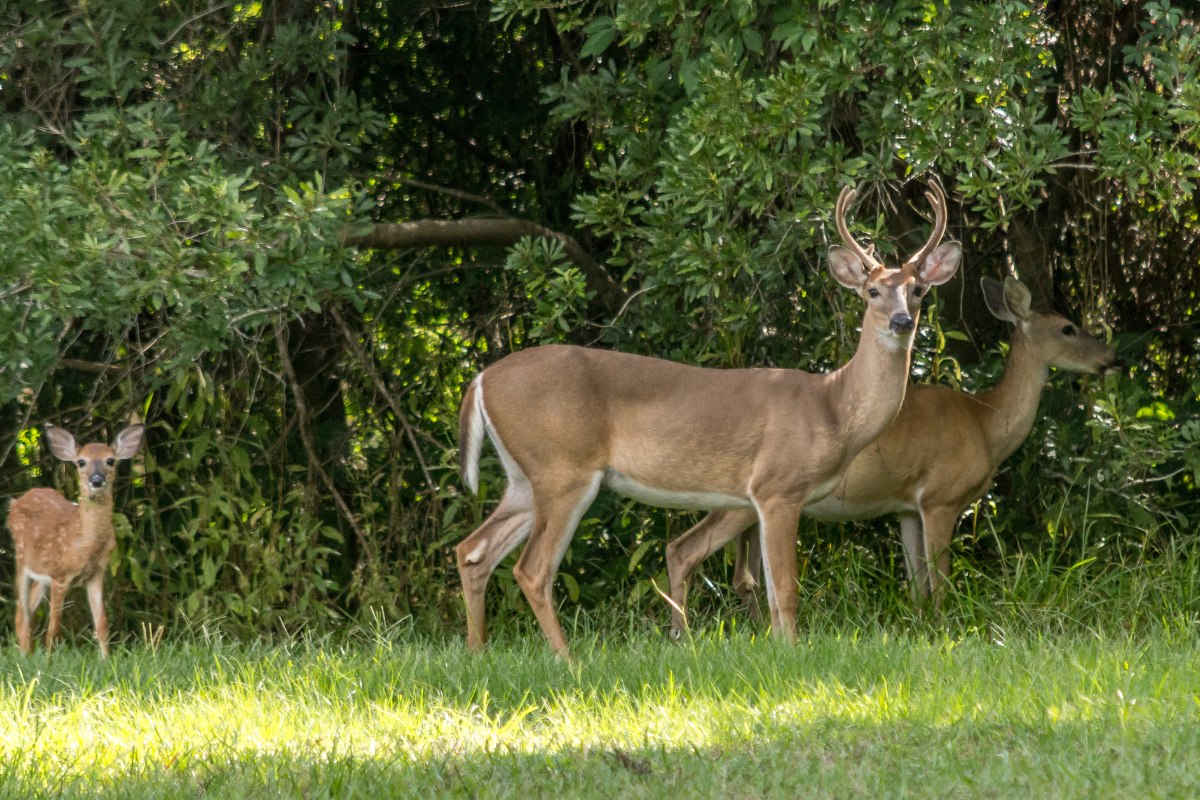Growing up on a farm, you learn a lot about trees.
Some tree species are strong and useful. Others take up too much space and ruin the soil. Some are weak, and some produce too much sap.
If you were under the impression that any tree can become a hammock tree, here is some news for you from the real-life experience of John D.
As much as he loves to climb on, hang from and dwell in trees, over the years, he’s made some enemies.
He’s had decaying cedar trees snap and crash unnervingly close to his campsite.
He’s had would-be tree house trees collapse to the ground next to his tools.
His very first set of hammock straps is still covered in sap because he hung it from a pine tree.
Learn from my mistakes from John D and look for the happiest and healthiest species of strong trees for your hammock needs.
Note that you should always use tree-protective straps, regardless of the species of tree that you choose.
This is far from an all-inclusive list, but it will certainly help.
Trees to Look For
First things first, you need a strong tree.
A strong tree has a diameter of at least 8 inches, healthy leaves, and no sign of bare patches, wilting, or dead branches.
Oaks
One of the favorite species of hammock trees is an oak.
Part of the beech family, the oak is known for its durability, resilience, and appealing build.
There are over 500 species of these acorn-bearing trees, and variations can be found across the country, from semi-arid to subtropical biomes.
Maples
While maples may be known for their syrup, hammocking in these sturdy trees will produce no sticky mess.
Maples are beautiful trees recognized for the vibrant color of their leaves during the autumn season.
Maples can grow up to more than 40 feet tall and live to be well over 200 years.
Like the oak tree, the maple is a shade tree, which offers an added bonus to would-be hammockers on a sunny day.
Palms
It almost goes without saying that the quintessential island palm tree is great for hammocking.
Beyond their aesthetic appeal, these often coconut-bearing trees are extremely durable and provide shade in the generally hot and humid climates where they dwell.
Trees to Avoid
You should always avoid weak, young, or small trees.
Likewise, it’s in your best interest to avoid trees that produce large amounts of sap or tend to attract crawling poisonous vines.
Pine
The pine tree with a proper trunk diameter is indeed strong enough to support most hammocks.
However, these cone-bearing trees are notorious for their sap production.
Apart from their prickly, piney needles, pine trees are recognizable by the golden streams of sap that cover their bark. It goes without saying why to avoid these.
Cottonwood
As popularly seen on gardening lists like “what never to plant,” “what to avoid,” and “trash or treasure?” the cottonwood is a difficult-to-embrace tree.
The massive shade trees may seem great for hammocking, but they are notoriously weak, partly attributed to their hollow trunk.
Because of the difficulty in determining the health and strength of a cottonwood tree, hammockers should be hesitant to suspend themselves too high up these trees.
Hackberry
Among farmers, the hackberry is known as a “good for nothing” tree.
The trunk is often brittle and has been referred to as “wart-like,” making it awkward to secure a suspension system.
The far-extending roots can be harmful to more useful species of trees, which also attributes to why it should never be planted. In great conditions, the hackberry can grow over 100 feet tall.
Because of its shallow roots and fast pace of growth, this is especially dangerous in the hurricane zones where they often reside.
Don’t trust a hackberry.
